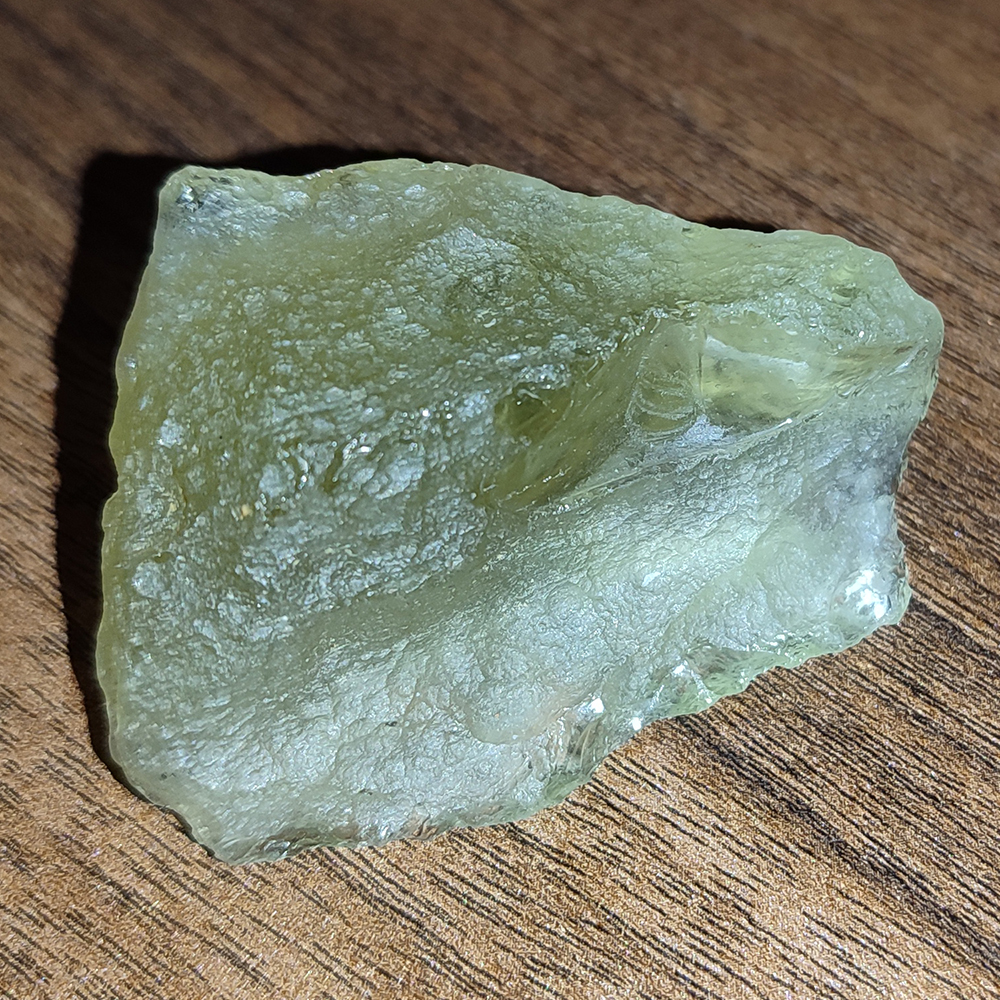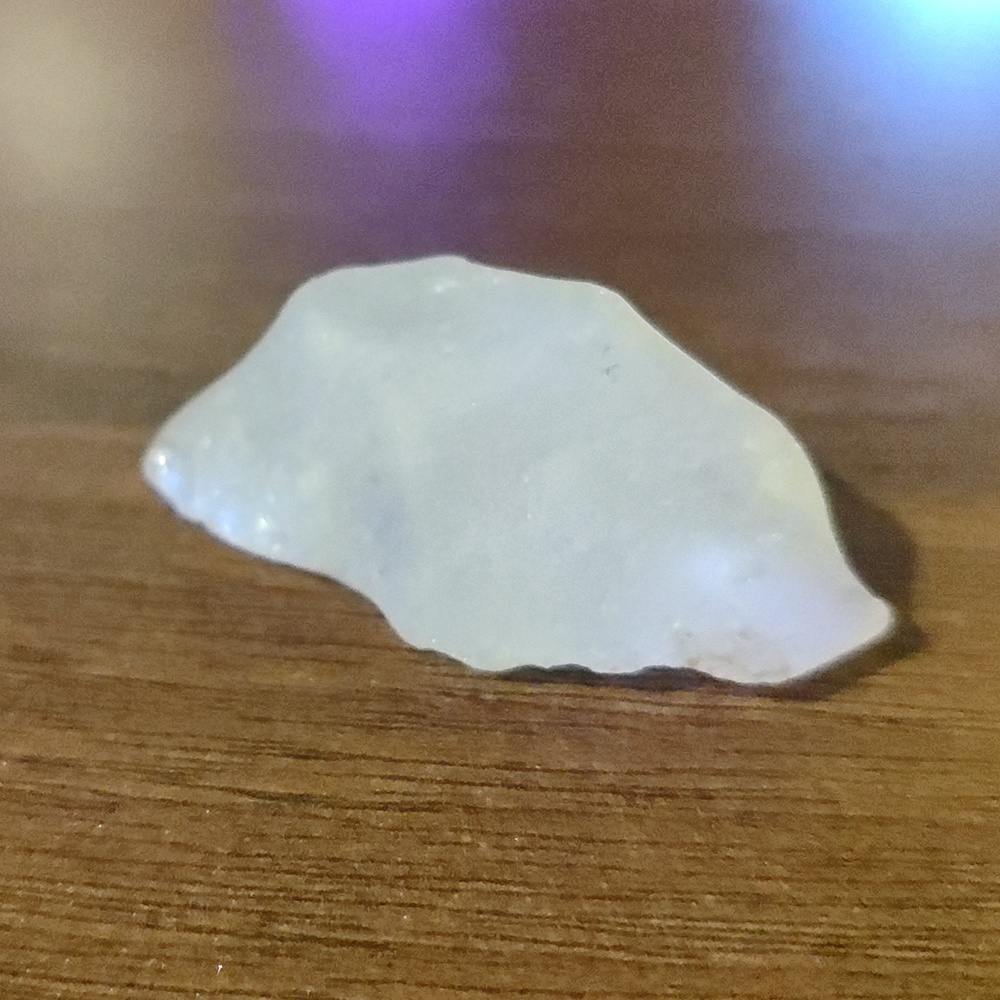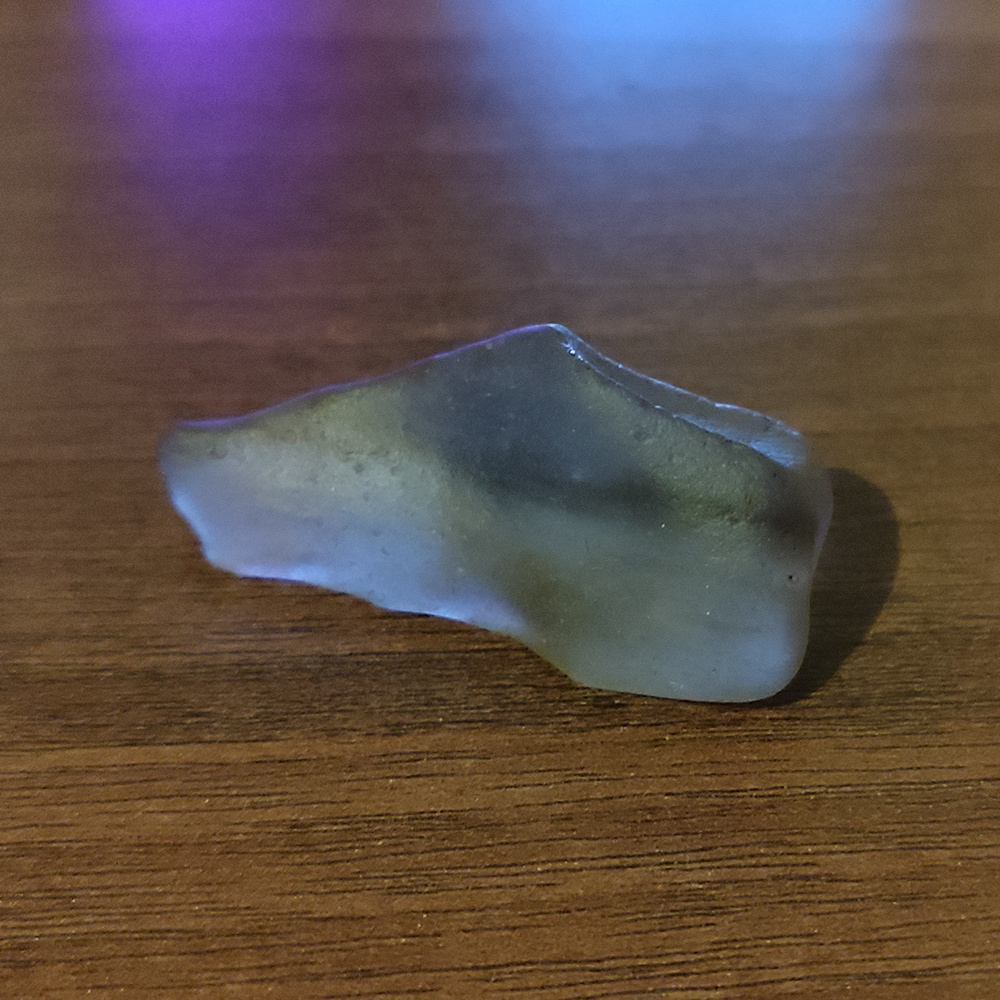Since its official discovery in 1932, scientists have always been fascinated by Libyan Desert Glass, an impactite/tektite that should have rather straightforward origins. Over the years a slough of theories were thrown around regarding Libyan Desert Glass origins, but only two percolated to the top of the pile. Ironically, though unsurprisingly, the two prominent theories took opposite approaches. One camp argued for a slow-cooling glass origin story and the other was adamant that Libyan Desert Glass was created via meteorite impact, or at the very least, a cataclysmic event that produced the massive amounts of heat required to turn sand into glass.
Study in 1996 was able to determine the age of Libyan Desert Glass using fission-track dating. This is the most accurate method of radiometric dating in minerals and glasses that have undergone extreme conditions; a method that measures “heat damage” on the material to reasonably determine age. These researchers discovered that Libyan Desert Glass is roughly 27 million years old, plus or minus 2 million years. Most scientists agree that 29 million years old is an acceptable estimate.
At long last, an article published in 2019 by Aaron Cavosie and Christian Koeberl provides new evidence in this near decade-long mystery. After extensive analysis, this research team has discovered that Libyan Desert glass was indeed created by meteorite impact. This finding was discovered via good, old-fashioned chemistry.
-
Libyan Desert Glass (rare green) 45g
200,00 $ -
Libyan Desert Glass 11.35g
45,00 $ -
Libyan Desert Glass 14.4g
50,00 $




